Flower Meanings
Larkspur


The Meaning of Larkspur
When it comes to the namesake of “Larkspur,” each bloom on the larkpur’s stem contains an elongated petal that looks similar to a spur. It is thought that the hind claws of a meadowlark had a huge part in naming the larkspur.
Some popular meanings of the larkspur bloom are:
- Love
- Affection
- Strong attachment
- Lightness
- Pure heart
- Sweet disposition
- Desire for laughter
Greek Mythology: Larkspur takes center stage in Greek mythology. After the death of Achilles, Ajax and Ulysses both tried to claim his arms, also known as weapons. When the Greeks awarded his weapons to Ulysses, Ajax spiraled into a raging fit of anger that resulted in suicide by sword.
Legend has it, as Ajax’s blood covered the land larkspur began to bloom. The letters “AIA,” (Ajax’s initials), are still believed to appear on the petals of the flowers in remembrance of Ajax.
Native American: According to Native American Legend, larkspur got its name from an angel who descended from the heavens. The angel parted the skies, sending down a spike crafted from pieces of the sky for him to use to climb down from heaven. But the sun’s rays dried the spike causing it to shatter, the tiny fragments scattering in the wind. When these tiny pieces of sky touch the earth, larkspur flowers burst from the ground.
Christianity: Larkspur also has a place to call home in the Christian faith. After the crucifixion of Christ, Jesus’ body was transferred to a cave, and a boulder was placed in front of the door to keep robbers from stealing the body. While many doubted that He would rise again, a tiny bunny tried to remind the mourning of His promise. When all ignored him, the bunny retreated to the shadow until Christ arose. The bunny then spoke to Jesus, rejoicing that He had indeed kept His promise. Jesus knelt to the bunny and showed him a tiny blue larkspur bloom, telling him to behold the image of the bunny’s face in the flower. The face of the bunny in the larkspur flower symbolizes trusting in Christ and remains a symbol of the Christian faith to this day. [1]
Larkspur Color Meanings
There are many flowers that have just one meaning, but larkspur has multiple depending on its color! Here are a few different larkspur colors and what their color meaning is.
- White larkspur symbolizes pure happiness.
- Pink larkspur represents fickleness.
- Purple larkspur symbolize first love.
July Flower of the Month
Larkspur = the perfect gift for July birthdays!
What Does Larkspur Smell Like?
Larkspur have almost no fragrance, they just smell slightly clean. [2]
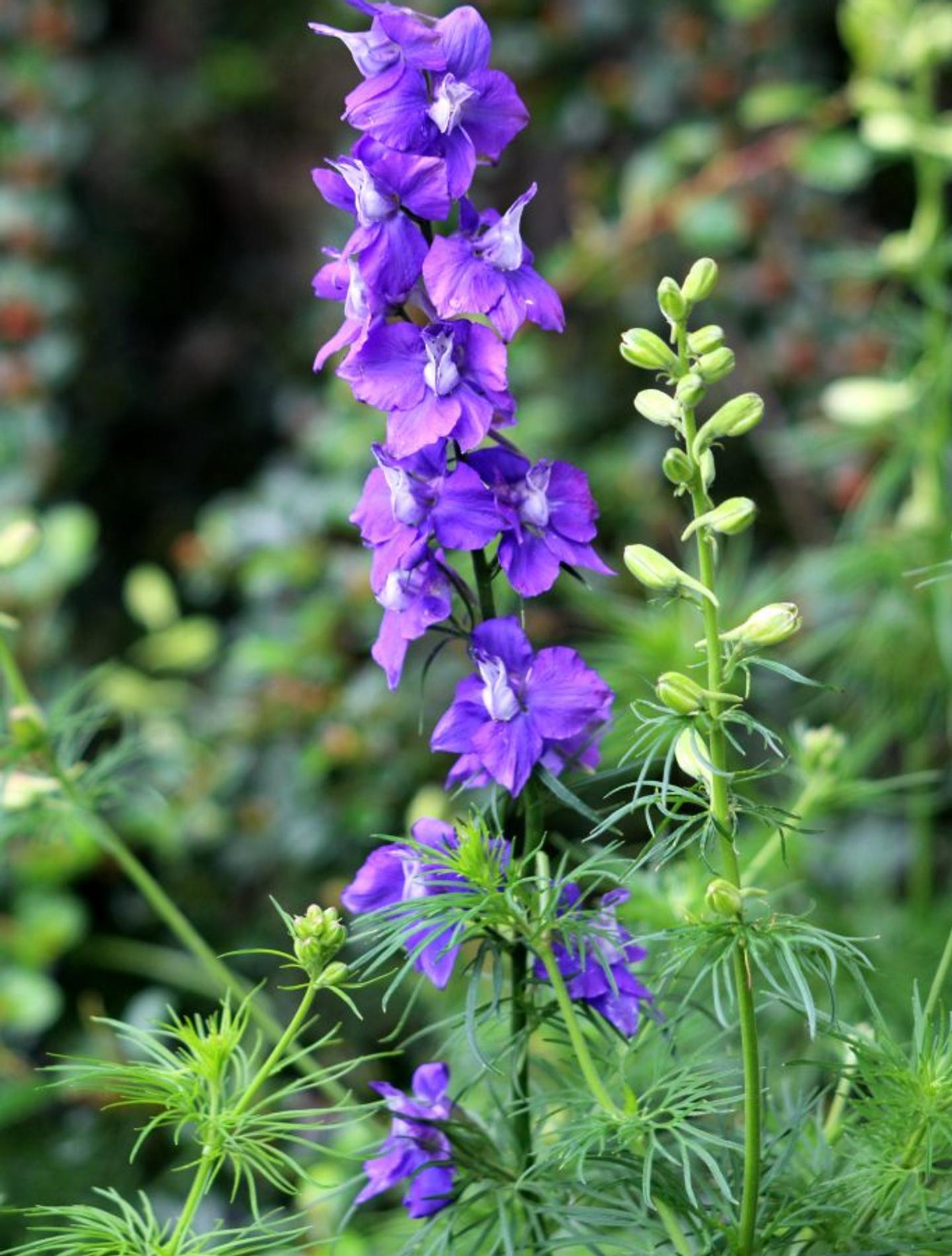
"The Larkspur is beautiful."
Carolyn Keene
The History of Larkspur
For many years, larkspur was considered a member of the Delphinium family. But this beautiful bloom has been recently re-classified with the new name Consolida Ranunculaceae – making the larkspur a member of the Ranunculus family.
The larkspur plant was first introduced to Britain in the mid-1500s from its native habitat, the Mediterranean.
John Gerard (1545-1612), author of the definitive horticultural text of the period, The Grete Herball, 1597, made the following notes about the larkspur:
“In England, the plant is known as larks spur, larks heel, larks toes, larks clawe, and munkeshoode.”
Soon after the bloom’s introduction to Europe and Great Britain, larkspur had naturalized (or spread into a non-native environment) and was frequently seen in cornfields and along the side of the road.
In ancient times, larkspur had many medicinal uses. The plant itself was used to heal wounds, and the seeds were often used to rid the scalp of lice.
Tournefort, a French physician and scientist who, by the way, created the concept of a genus, describes using the juice of distilled larkspur flowers to strengthen eyesight.
By 1572, evidence of the larkspur in America is discovered, and by the 1700s, it was a popular cottage garden flower. Rolling into the 1900s, the larkspur began to lose its popularity, but with the recent resurgence of interest in romantic cottage gardens, or cottagecore, larkspur blooms have regained some of their former popularity. [3]
DID YOU KNOW - Larkspur Fun Fact
All parts of the larkspur plant are poisonous – the seeds being the most dangerous and can cause vomiting if consumed. [3]
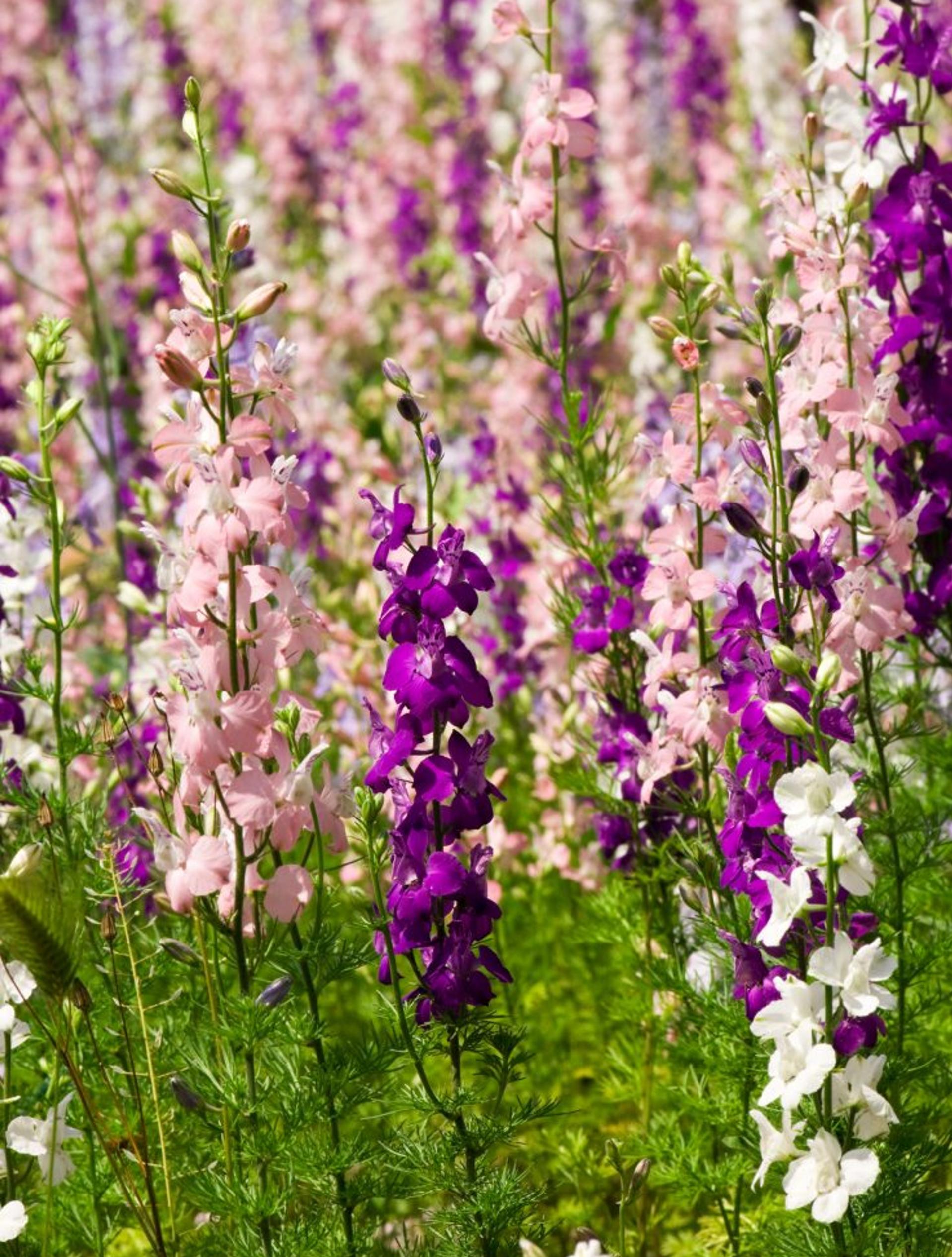
How to Grow Larkspur
Looking to grow some larkspur of your own? Good news, we’ve got some tips:
- Larkspur grows best from a seed.
- If you plan on planting your larkspur in the fall, be sure the seeds are sown in late fall and covered with a thin layer of soil.
- Keep in mind germination won’t occur until the spring.
- If you plant your larkspur in the spring, plant your seeds in the very beginning of the season. Germination can take up to four weeks.
- For best results, plant your larkspur in clusters of five to seven plants spaced four to six inches apart.
- You’ll notice your larkspur beginning to bloom in late June or early July and will continue to bloom for two to three weeks. [3]
DID YOU KNOW - Larkspur Fun Fact
Dried larkspur flowers were used for warding off scorpions and even venomous snakes. [4]
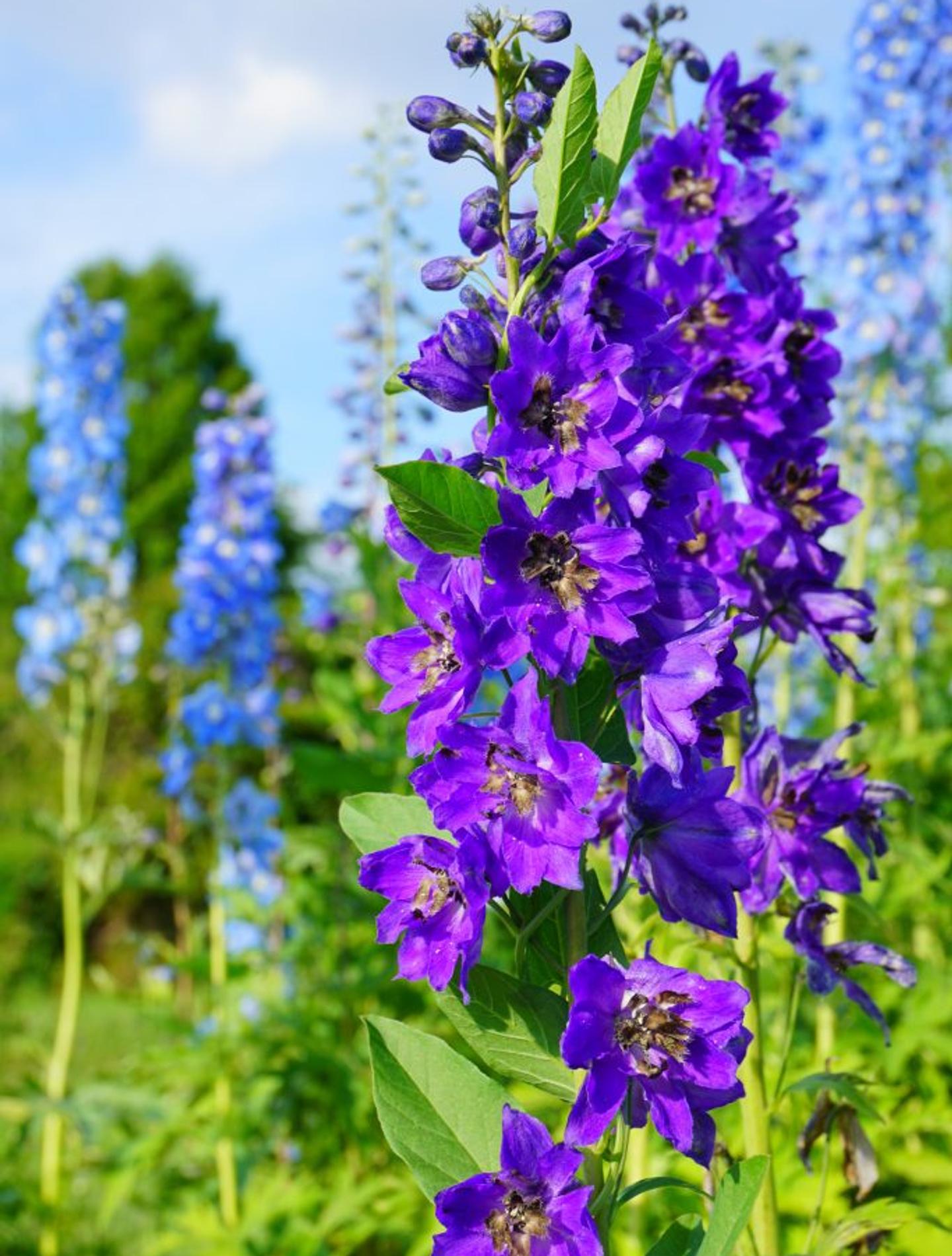
How to Care for Larkspur
When purchasing freshly cut larkspur, look for one or two open flowers at the bottom of the spike, and try to avoid stems that have been stored for over three days. If you notice any flowers already beginning to shatter, steer clear!
Larkspur has a vase life of 4-12 days and cooler temperatures. [5]
Be sure to clip the ends of the stems at an angle and replace dirty water with fresh water every few days.
When to Give Larkspur as a Gift
As July’s flower of the month, Larkspur makes the perfect gift for July birthdays, but can also be given as a “just because” gift, a sweet surprise for your crush, or a gorgeous house-warming gift.

References:
- 1 - flowermeaning.com
- 2 - The Celeb Times
- 3 - Harvesting History
- 4 - Garden Nerdy
- 5 - Flora Life
Flower Meanings — keep discovering
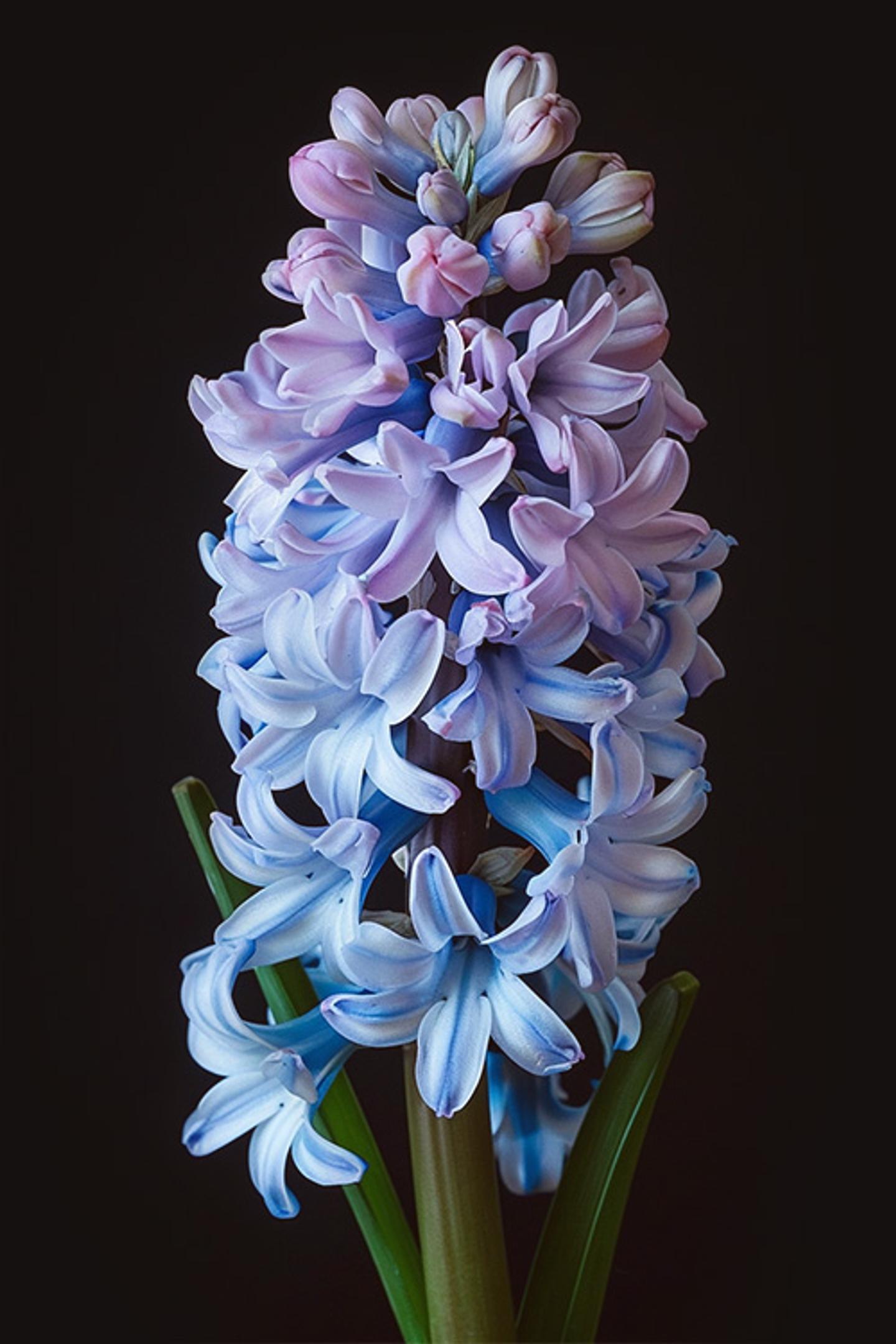
Hyacinth
Ah, the sweet smelling loveliness of the hyacinth. We all know this beautiful bloom for its to-die-for light and airy fragrance we wish we could bottle up and wear as a perfume. But the hyacinth also has a jam-packed history and symbolism that is full of decadence and the tragedy of love.
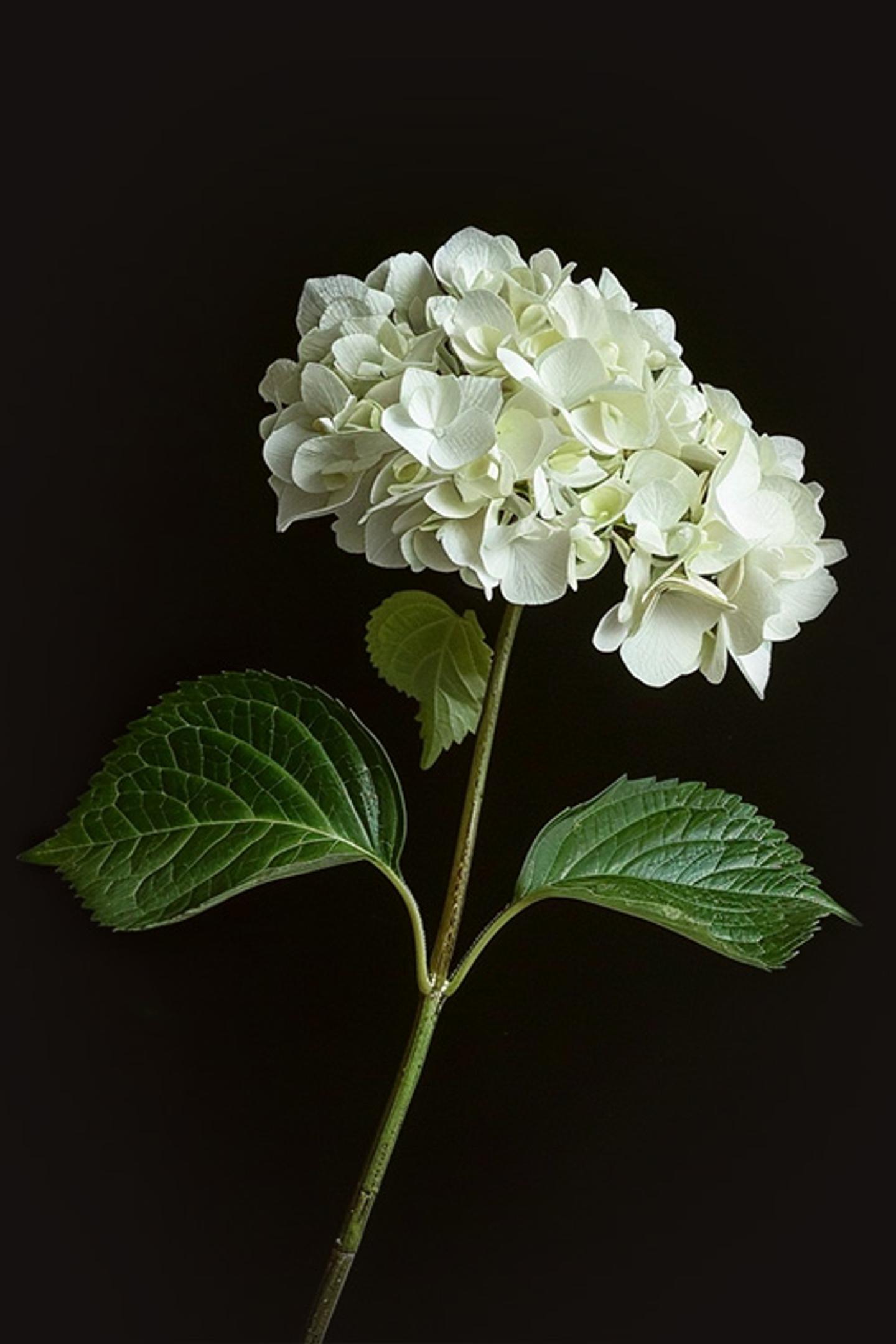
Hydrangea
What are those giant bushes covered in perfumed blue and pink clusters of flowers? Why hydrangeas, of course! Just as popular in bridal bouquets as adorning your country home, these blooms are nothing if not versatile.
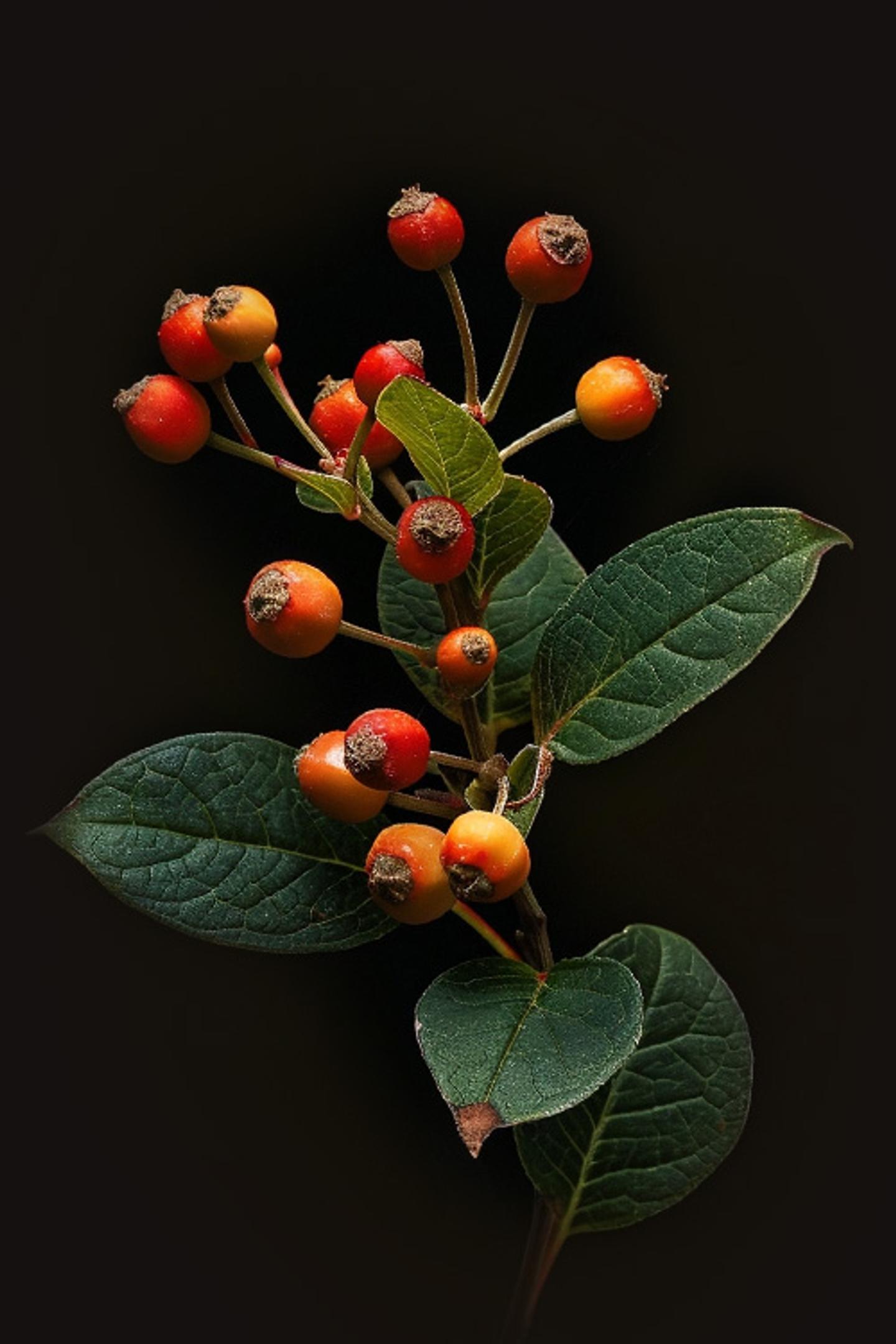
Hypericum Berries
Hypericum, otherwise known as the gift that keeps on giving. Why? After they’ve finished flowering, they produce beautiful, festive berries!
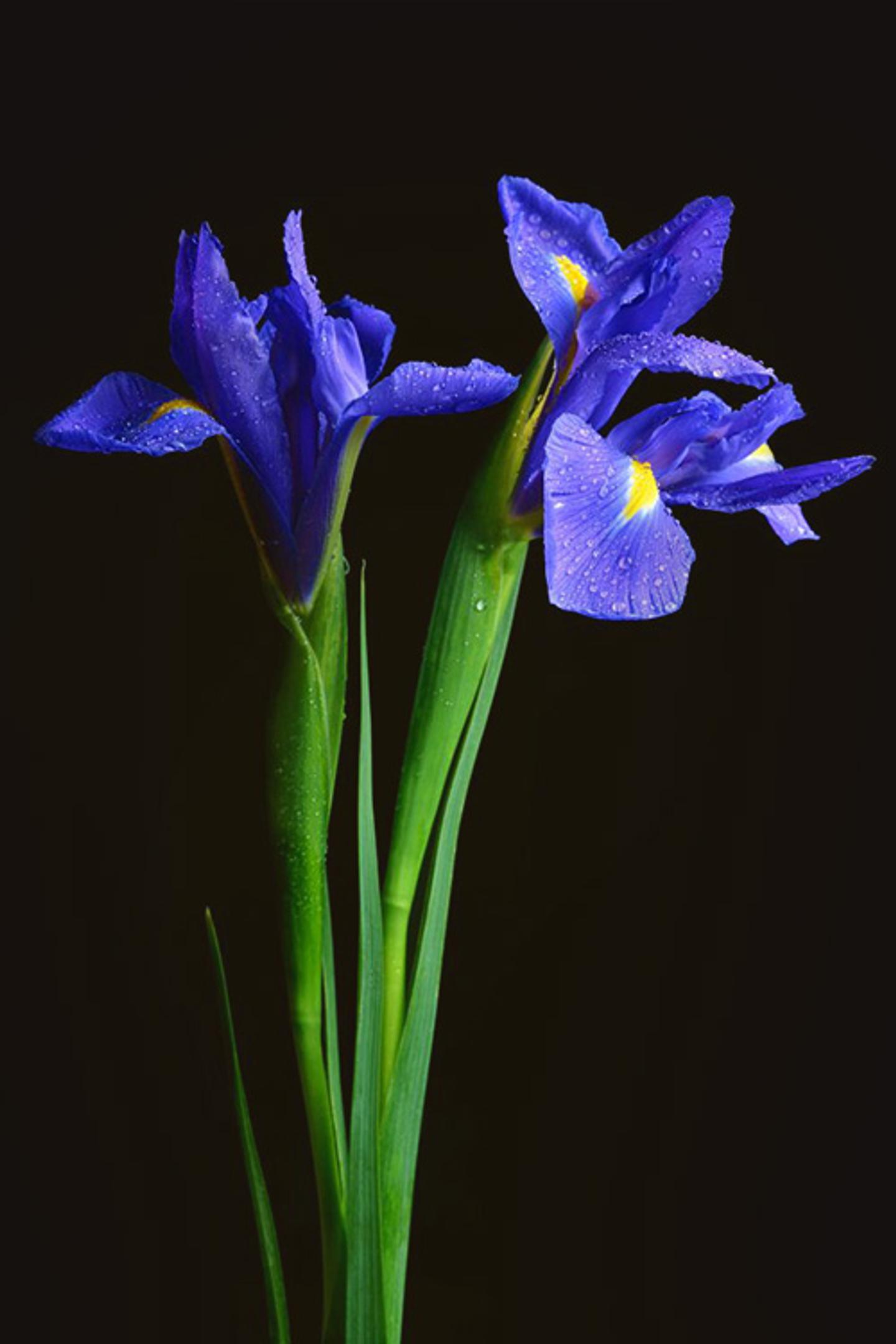
Iris
Who doesn’t want to feel like royalty? The iris is an age-old flower of stature and wealth, dating back to ancient Egyptian palaces, and a sure-fire way to make your home feel like a palace, too. So it’s simple: add some irises to your studio apartment and, voila! your very own chateau.

Hyacinth
Ah, the sweet smelling loveliness of the hyacinth. We all know this beautiful bloom for its to-die-for light and airy fragrance we wish we could bottle up and wear as a perfume. But the hyacinth also has a jam-packed history and symbolism that is full of decadence and the tragedy of love.

Hydrangea
What are those giant bushes covered in perfumed blue and pink clusters of flowers? Why hydrangeas, of course! Just as popular in bridal bouquets as adorning your country home, these blooms are nothing if not versatile.

Hypericum Berries
Hypericum, otherwise known as the gift that keeps on giving. Why? After they’ve finished flowering, they produce beautiful, festive berries!

Iris
Who doesn’t want to feel like royalty? The iris is an age-old flower of stature and wealth, dating back to ancient Egyptian palaces, and a sure-fire way to make your home feel like a palace, too. So it’s simple: add some irises to your studio apartment and, voila! your very own chateau.
Ready to send beautiful flowers?
Our guided experience helps you send a one-of-a-kind arrangement perfect for every occasion.
Send Flowers